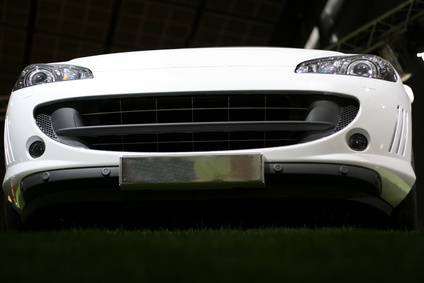
Car radiators are designed to keep the engine of a car running at safe heat levels. The antifreeze in the radiator keeps the engine cool and also acts as a filter for some contaminants in the engine block. About every 50,000 miles, you should replace the antifreeze in the vehicle. Clean the radiator at this time as well. No special cleaners are required to cleanse the radiator. A simple homemade solution will work just as well.
Before you begin to make your radiator cleaner, determine whether or not your radiator actually needs cleaning. In general, the only time that a radiator actually needs cleaning is when your mechanic recommends it. While flushing was done regularly in the past, when radiators were made from steel and other metals that easily rusted, most modern car radiators are made from aluminum, which makes flushing less necessary. In general the most cleaning that new car radiators receive is draining and refilling every 50,000 miles. If your mechanic recommends a radiator cleaning, you can confidently perform the procedure yourself.
You do not need complicated cleaning products to effectively clean out your radiator. In fact, some materials may actually cause damage to the radiator system. All you really need to make an effective cleaning solution is distilled water. Tap water is not ideal for this project because tap water contains mineral residues that can interact with the antifreeze, causing problems in the radiator. Purchase distilled water from most grocery stores or home supply stores. Do not purchase mineral water by mistake. Distilled water is the only cleaning ingredient you need to flush the radiator system.
The engine must be completely cool before you touch anything around the radiator area. If you do not let the car completely cool, you could get serious burns on your hands and face. The best time to perform the cleanse is in the morning before you use the car. Place a pan under the radiator to catch the old antifreeze. Open the cap to the radiator, and unscrew the drain plug on the bottom of the radiator. When the antifreeze is drained, close the drain plug and pour the distilled water inside the tank. Close the cap, and run the engine until the temperature gauge inside the car reads safe levels. Turn off the car, and allow the engine to cool. A few hours later you can refill the radiator with additional antifreeze.